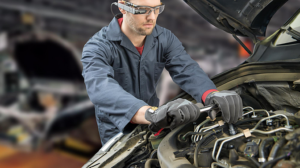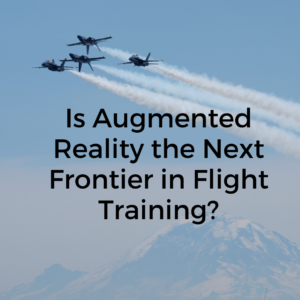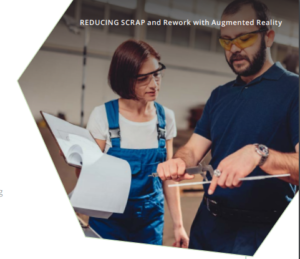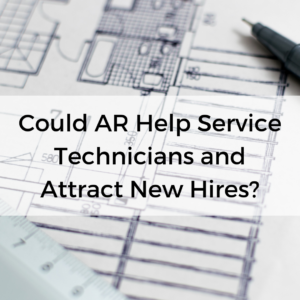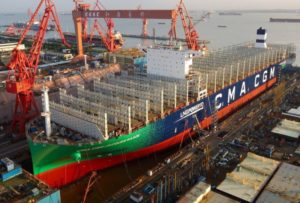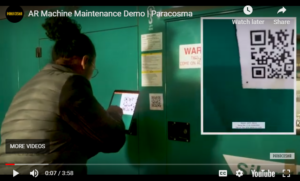AR tools used to manufacture the next U.S. manned spacecraft
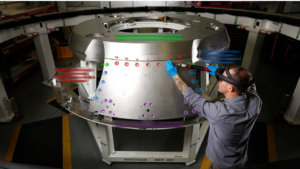
Among those adopting AR is the world’s largest military contractor, Lockheed Martin Corp., which is working with software developer Scope AR to develop how-to manuals that include animations for assembling spacecraft components. The partners said the collaboration has reduced the time required to interpret assembly instructions by 95 percent, along with an 85 percent reduction in overall training time and a more than 40-percent boost in productivity.
Lockheed Martin first implemented AR technology in 2017 within its space division, which is currently building the NASA’s Orion spacecraft.
Shelley Peterson, Lockheed Martin’s augmented technology project leader, said AR tools are being used to assembled various Orion components, including the skeletal framework of the spacecraft’s titanium heat shield that must withstand re-entry temperatures as high as 5,000 F.
San Francisco-based Scope AR’s tools also have been used for spacecraft components like cable assemblies and instrument panels, as well as the forward bay where the Orion crew seat module is situated. AR technology is used, for example, to develop the work instructions for drilling and torqueing steps, Peterson said.
Peterson also noted in an interview that technologies like Scope AR’s software and Microsoft’s Hololens “mixed reality” tool have helped accelerate the interpretation and presentation of workflow data ranging from assembly, manufacturing, test and maintenance steps. That translates into time savings and reductions in touch labor for the narrow tolerances required for fasteners, transducers, accelerometers and other spacecraft components.
In one example, Peterson said the Lockheed Martin’s space unit has realized a roughly $38 savings per fastener. This for an aerospace manufacturer that buys more than 2 million fasteners a year.
The company said AR allows it to create workflows more rapidly than traditional methods, although Peterson said existing design data can be used to supplement AR-based work instructions. AR software also can be used to add part identifiers or color coding of parts. Assembly steps can then be animated.
Lockheed Martin is developing a reputation as an early adopter of disruptive technologies. Previously, it has invested in a quantum computing center focused on challenges such as using the added computational power to debug millions of lines of mission-critical code.
For its part, Scope AR has gradually developed industrial use cases for its software, starting with training assembly workers and eventually partnering with global manufacturers like Lockheed Martin, Boeing, Siemens and Toyota. It claims to be the first AR vendor to develop an “enterprise-class” AR video platform for Microsoft’s Hololens.
CEO Scott Montgomerie said surgical application of AR technology works best, with the Lockheed Martin use case illustrating how a specific project like Orion can benefit from what Montgomerie calls “real-time knowledge transfer.”
That augmented knowledge includes step-by-step instructions, animations in the form of digital overlays and live support from remote experts. “You don’t want to add another layer of process,” Montgomerie explained in a recent blog post. “You want to ensure workers can access knowledge from subject matter experts or resources….”
Read Scope AR’s AREA member profile
Read original Article on EE Times Lockheed Martin embraces AR on the Shop Floor
